Second Aulikara dynasty on:
[Wikipedia]
[Google]
[Amazon]
The Second Aulikara dynasty (Late 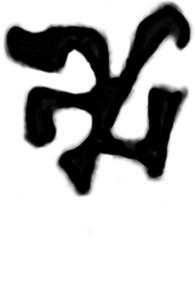


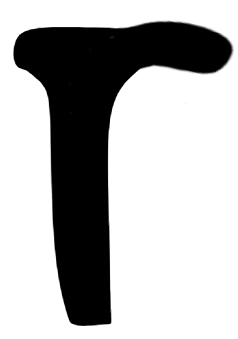 ''Au-li-ka-rā'') was a royal dynasty that ruled over the
''Au-li-ka-rā'') was a royal dynasty that ruled over the
 Prakashadharma was a notable king of this dynasty, who assumed the title, ''Adhiraja''. The Rīsthal inscription gives us information about his achievements.
Prakashadharma was a notable king of this dynasty, who assumed the title, ''Adhiraja''. The Rīsthal inscription gives us information about his achievements.
 It records the construction of a tank and a
It records the construction of a tank and a
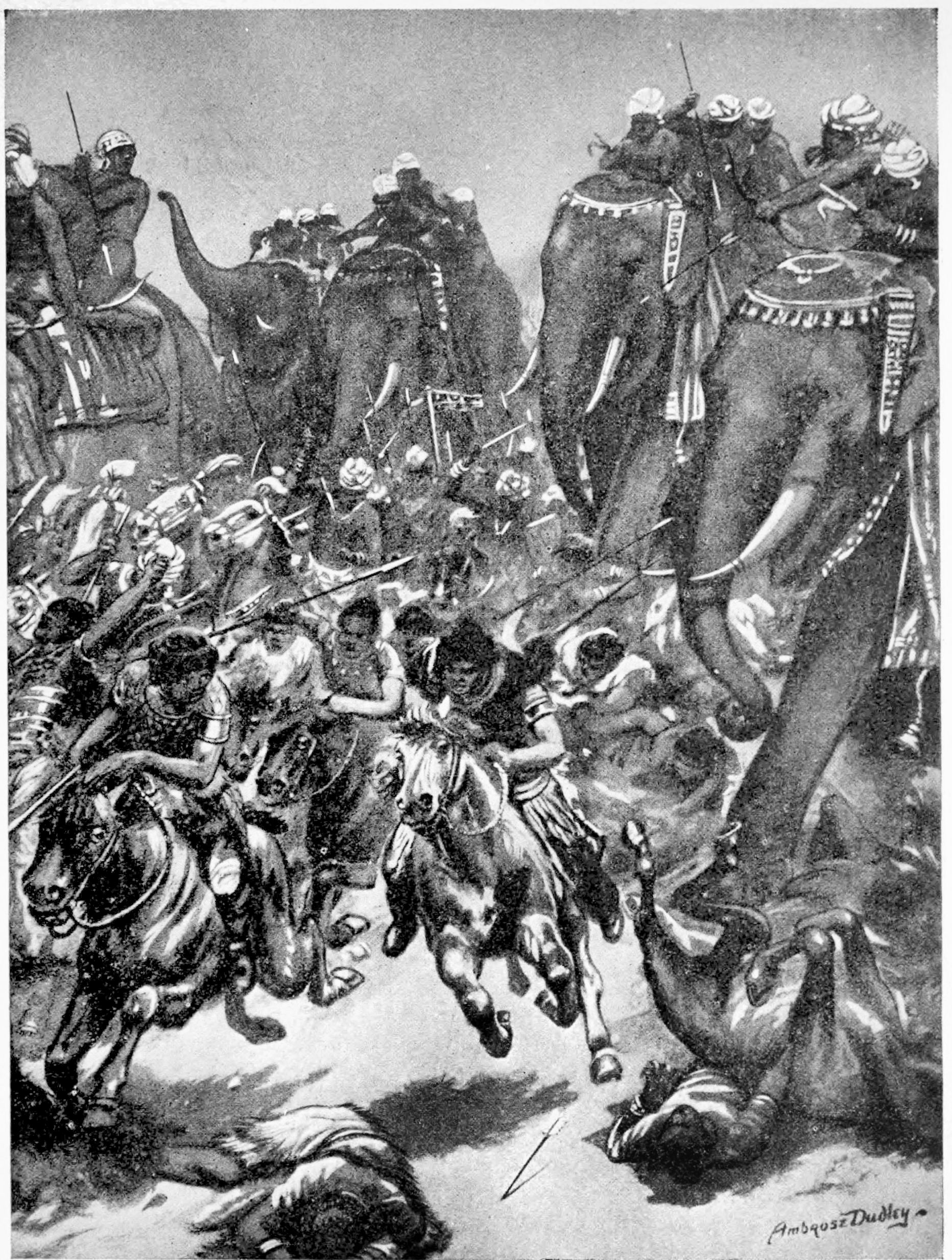 The most prominent and greatest king of this dynasty was Yashodharma Vishnuvardhana. Yashodharma's two identical undated Mandsaur victory pillar inscriptions (found at Sondani, near present-day Mandsaur town) and a stone inscription dated Malava Samvat 589 (532 CE) record the military achievements of him.Ojha, N.K. (2001). ''The Aulikaras of Central India: History and Inscriptions'', Chandigarh: Arun Publishing House, , pp.19-20 All of these inscriptions were first published by
The most prominent and greatest king of this dynasty was Yashodharma Vishnuvardhana. Yashodharma's two identical undated Mandsaur victory pillar inscriptions (found at Sondani, near present-day Mandsaur town) and a stone inscription dated Malava Samvat 589 (532 CE) record the military achievements of him.Ojha, N.K. (2001). ''The Aulikaras of Central India: History and Inscriptions'', Chandigarh: Arun Publishing House, , pp.19-20 All of these inscriptions were first published by 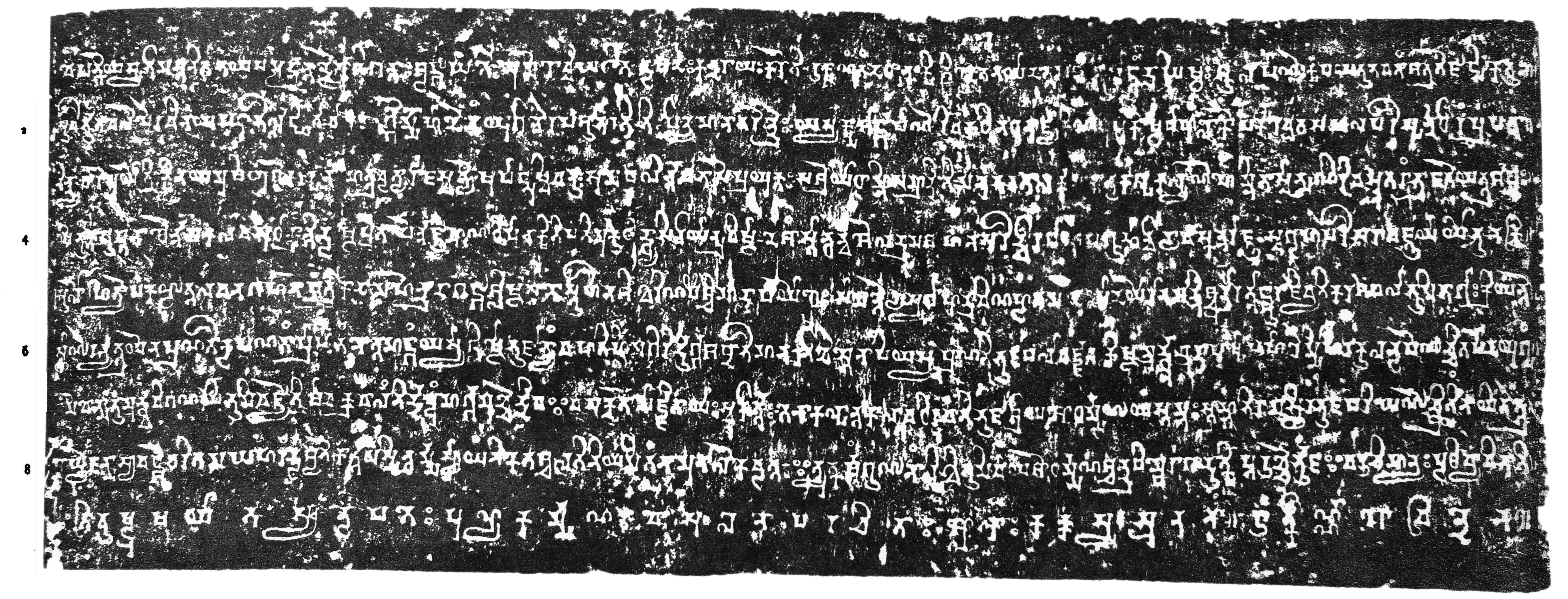 In Line 5 of the Mandsaur pillar inscription, Yashodharman is said to have vanquished his enemies and to now control the territory from the neighbourhood of the (river) Lauhitya (
In Line 5 of the Mandsaur pillar inscription, Yashodharman is said to have vanquished his enemies and to now control the territory from the neighbourhood of the (river) Lauhitya (
p.216
/ref> Yashodharman thus conquered vast territories from the Hunas and the Guptas, although his short-lived empire would ultimately disintegrate between 530 and 540 CE. He was succeeded by his son, Shiladitya, although this claim is not completely correct, as many historians write that he died without an heir, creating a power vacuum again, and his empire disintegrated.
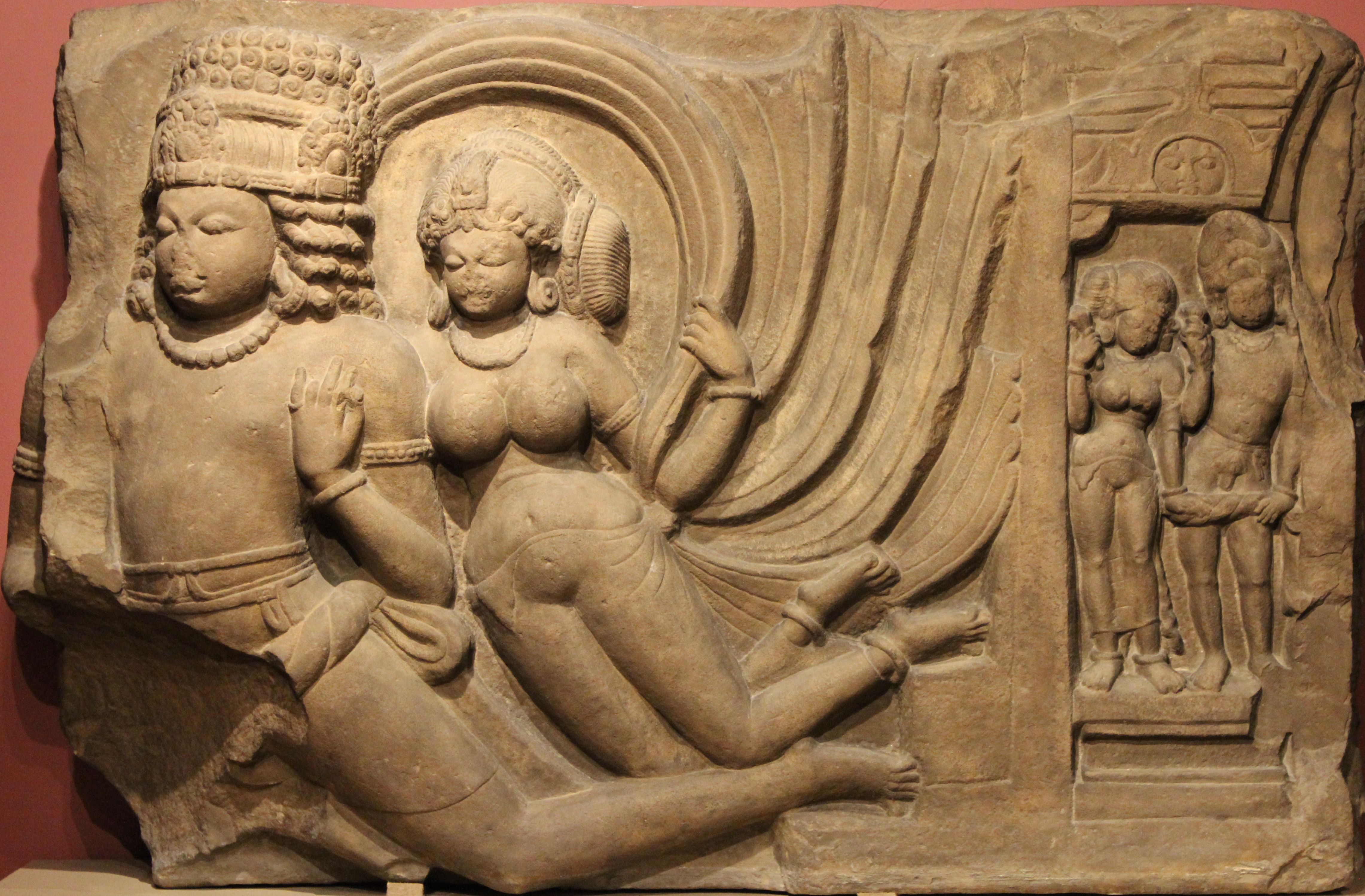 The most significant monuments which definitely belong to the Aulikara period are two freestanding victory pillars of Yashodharma Vishnuvardhana bearing his inscriptions. These almost identical pillars, situated at Sondani, a suburb about 2 kilometers to the southeast of the Aulikara capital of Mandsaur, are made of sandstone. The height of the entire column is 44 ft 5 in. Its square base is 4 ft 5 in high and 3 ft 4 in wide. The bell-shaped capital is 5 ft 2 in high. Its shaft is sixteen faced round. Most probably there was a crowning statue, which has not been found.Ojha, N.K. (2001). ''The Aulikaras of Central India: History and Inscriptions'', Chandigarh: Arun Publishing House, , pp.99-100 The sculptures at Sondani and surrounding areas of Mandsaur are a good marker for the final period of Gupta Art, as they were commissionned by Yasodharman (ruled 515 – 545 CE) around 525 CE, in celebration of his victory against the Alchon Hun king Mihirakula. This corresponds to the last phase of Gupta cultural and political unity in the subcontinent, and after that point and for the next centuries, Indian politics became extremely fragmented, with the territory being divided between smaller dynasties. The art of Sondani is considered as transitional between Gupta art and the art of
The most significant monuments which definitely belong to the Aulikara period are two freestanding victory pillars of Yashodharma Vishnuvardhana bearing his inscriptions. These almost identical pillars, situated at Sondani, a suburb about 2 kilometers to the southeast of the Aulikara capital of Mandsaur, are made of sandstone. The height of the entire column is 44 ft 5 in. Its square base is 4 ft 5 in high and 3 ft 4 in wide. The bell-shaped capital is 5 ft 2 in high. Its shaft is sixteen faced round. Most probably there was a crowning statue, which has not been found.Ojha, N.K. (2001). ''The Aulikaras of Central India: History and Inscriptions'', Chandigarh: Arun Publishing House, , pp.99-100 The sculptures at Sondani and surrounding areas of Mandsaur are a good marker for the final period of Gupta Art, as they were commissionned by Yasodharman (ruled 515 – 545 CE) around 525 CE, in celebration of his victory against the Alchon Hun king Mihirakula. This corresponds to the last phase of Gupta cultural and political unity in the subcontinent, and after that point and for the next centuries, Indian politics became extremely fragmented, with the territory being divided between smaller dynasties. The art of Sondani is considered as transitional between Gupta art and the art of
File:Sondhni overview.jpg, A victory pillar of Yashodharma at Sondani,
Find spots of the Aulikara inscriptions" width="300" height="300" zoom="4" longitude="75.45" latitude="23.80" align="right">
*Drumavardhana
*Jayavardhana
*Ajitavardhana
*Vibhishanavardhana
*Rajyavardhana
*Prakashadharma
*
Brahmi script
Brahmi (; ; ISO: ''Brāhmī'') is a writing system of ancient South Asia. "Until the late nineteenth century, the script of the Aśokan (non-Kharosthi) inscriptions and its immediate derivatives was referred to by various names such as 'lath' ...
: 

 ''Au-li-ka-rā'') was a royal dynasty that ruled over the
''Au-li-ka-rā'') was a royal dynasty that ruled over the Malwa
Malwa is a historical region of west-central India occupying a plateau of volcanic origin. Geologically, the Malwa Plateau generally refers to the volcanic upland north of the Vindhya Range. Politically and administratively, it is also syno ...
plateau, and at its peak under Yashodharman Vishnuvardhana controlled a vast area, consisting of almost all of Northern India
North India is a loosely defined region consisting of the northern part of India. The dominant geographical features of North India are the Indo-Gangetic Plain and the Himalayas, which demarcate the region from the Tibetan Plateau and Central ...
and parts of Deccan
The large Deccan Plateau in southern India is located between the Western Ghats and the Eastern Ghats, and is loosely defined as the peninsular region between these ranges that is south of the Narmada river. To the north, it is bounded by the ...
plateau.Agarwal, Ashvini (1989). ''Rise and Fall of the Imperial Guptas'', Delhi:Motilal Banarsidass, , pp.250-6 It was the second royal house of the Aulikara clan.
Origins
The dynasty belonged to the ancient clan of the Aulikaras, and was the second royal house belonging to this clan.Territory
The second Aulikara dynasty initially controlled theMalwa
Malwa is a historical region of west-central India occupying a plateau of volcanic origin. Geologically, the Malwa Plateau generally refers to the volcanic upland north of the Vindhya Range. Politically and administratively, it is also syno ...
plateau, but at its peak under Yashodharman
Yashodharman (Gupta script: ''Ya-śo-dha-rmma'', ) (r. 515 – 545) was a ruler of Malwa, in central India, during the early part of the 6th century. He probably belonged to the Second Aulikara dynasty. He conquered much of the Indian subco ...
Vishnuvardhana controlled a vast area, consisting of almost all of Northern India
North India is a loosely defined region consisting of the northern part of India. The dominant geographical features of North India are the Indo-Gangetic Plain and the Himalayas, which demarcate the region from the Tibetan Plateau and Central ...
and northern parts of the Deccan
The large Deccan Plateau in southern India is located between the Western Ghats and the Eastern Ghats, and is loosely defined as the peninsular region between these ranges that is south of the Narmada river. To the north, it is bounded by the ...
plateau.
History
Unlike the first Aulikara royal house, this royal house was never a Gupta feudatory. The Rīsthal inscription mentions Drumavardhana as the founder of this house. He assumed the title ''Senapati'' and was succeeded by his son Jayavardhana, who commanded a formidable army. He was succeeded by his son Ajitavardhana. According to the Risthal inscription, he was constantly engaged in performing Soma sacrifices. Ajitavardhana was succeeded by his son Vibhishanavardhana. He was praised in the Risthal inscription for his noble qualities. Vibhishanavardhana's son and successor Rajyavardhana expanded his ancestral kingdom. Rajyavardhana was succeeded by his son Prakashadharma.Prakashadharma
 Prakashadharma was a notable king of this dynasty, who assumed the title, ''Adhiraja''. The Rīsthal inscription gives us information about his achievements.
Prakashadharma was a notable king of this dynasty, who assumed the title, ''Adhiraja''. The Rīsthal inscription gives us information about his achievements.
 It records the construction of a tank and a
It records the construction of a tank and a Shiva
Shiva (; sa, शिव, lit=The Auspicious One, Śiva ), also known as Mahadeva (; ɐɦaːd̪eːʋɐ, or Hara, is one of the principal deities of Hinduism. He is the Supreme Being in Shaivism, one of the major traditions within Hind ...
temple at Risthal by Bhagavaddosha, a ''Rajasthaniya'' (viceroy) of Prakashadharma. This inscription mentions that Prakashadharma defeated the Huna ruler Toramana, sacked his camp and had taken away the ladies of his harem. The tank constructed at Risthal during his reign was named after his grandfather as ''Vibhishanasara''. He also constructed a temple dedicated to Brahma
Brahma ( sa, ब्रह्मा, Brahmā) is a Hindu god, referred to as "the Creator" within the Trimurti, the trinity of supreme divinity that includes Vishnu, and Shiva.Jan Gonda (1969)The Hindu Trinity Anthropos, Bd 63/64, H 1/2, p ...
at Dashapura. During the excavation at Mandsaur in 1978 by a team of Vikram University, Ujjain
Ujjain (, Hindustani pronunciation: �d͡ːʒɛːn is a city in Ujjain district of the Indian state of Madhya Pradesh. It is the fifth-largest city in Madhya Pradesh by population and is the administrative centre of Ujjain district and Ujjai ...
, led by V.S. Wakankar, his two glass seals inscribed with the legend ''Shri Prakashadharma'' were found.Wakankar, V.S. (1981) ''Aulikara Vamsha ke Itihas par Naya Prakash'' (in Hindi) in M.D. Khare ed. ''Malwa through the Ages'', Bhopal: Directorate of Archaeology & Museums, Government of Madhya Pradesh, pp,278-9 In all probabilities he was succeeded by his son Yashodharma Vishnuvarma.
An undated fragmentary Mandsaur inscription provides a name of a suzerain ruler Adityavardhana and his feudatory ''Maharaja'' Gauri. Adityavardhana has been recently identified with Prakashadharma by a historian Ashvini Agarwal.Ojha, N.K. (2001). ''The Aulikaras of Central India: History and Inscriptions'', Chandigarh: Arun Publishing House, , pp.37-41 The Chhoti Sadri inscription dated Malava Samvat 547 (490 CE) and written by Bhramarasoma, son of Mitrasoma supplies a genealogy of Adityavardhana's feudatory ruler, ''Maharaja'' Gauri. The first ruler of this Manavayani kshatriya
Kshatriya ( hi, क्षत्रिय) (from Sanskrit ''kṣatra'', "rule, authority") is one of the four varna (social orders) of Hindu society, associated with warrior aristocracy. The Sanskrit term ''kṣatriyaḥ'' is used in the cont ...
family was Punyasoma. He was succeeded by his son Rajyavardhana. Rashtravardhana was the son of Rajyavardhana. Rashtravardhana's son and successor was Yashogupta. The last ruler of this family, Gauri was son of Yashogupta. He excavated a tank at Dashapura for the merit of his deceased mother. This inscription also mentions the name of a prince, Gobhata but his relationship with Gauri is not known.
Yashodharman
 The most prominent and greatest king of this dynasty was Yashodharma Vishnuvardhana. Yashodharma's two identical undated Mandsaur victory pillar inscriptions (found at Sondani, near present-day Mandsaur town) and a stone inscription dated Malava Samvat 589 (532 CE) record the military achievements of him.Ojha, N.K. (2001). ''The Aulikaras of Central India: History and Inscriptions'', Chandigarh: Arun Publishing House, , pp.19-20 All of these inscriptions were first published by
The most prominent and greatest king of this dynasty was Yashodharma Vishnuvardhana. Yashodharma's two identical undated Mandsaur victory pillar inscriptions (found at Sondani, near present-day Mandsaur town) and a stone inscription dated Malava Samvat 589 (532 CE) record the military achievements of him.Ojha, N.K. (2001). ''The Aulikaras of Central India: History and Inscriptions'', Chandigarh: Arun Publishing House, , pp.19-20 All of these inscriptions were first published by John Faithfull Fleet
John Faithfull Fleet C.I.E (1847 – 21 February 1917) was an English civil servant with the Indian Civil Service and became known as a historian, epigraphist and linguist. His research in Indian epigraphy and history, conducted in India over ...
in 1886. The undated pillar inscriptions, which were also written by poet Vasula, son of Kakka say that his feet were worshipped by the Huna ruler Mihirakula. These also state that his feudatories from the vicinity of the river ''Lauhitya'' (Brahmaputra
The Brahmaputra is a trans-boundary river which flows through Tibet, northeast India, and Bangladesh. It is also known as the Yarlung Tsangpo in Tibetan, the Siang/Dihang River in Arunachali, Luit in Assamese, and Jamuna River in Bangla. ...
) in the east, from the ''Mahendra'' mountains (Eastern Ghats
The Eastern Ghats are a discontinuous range of mountains along India's eastern coast. The Eastern Ghats pass through Odisha, Andhra Pradesh to Tamil Nadu in the south passing some parts of Karnataka as well as Telangana. They are eroded and c ...
) in the south, up to the Himalayas
The Himalayas, or Himalaya (; ; ), is a mountain range in Asia, separating the plains of the Indian subcontinent from the Tibetan Plateau. The range has some of the planet's highest peaks, including the very highest, Mount Everest. Over list ...
in the north and the ''Paschima Payodhi'' (Western Ocean) in the west came to the seat of his empire to pay homage. he assumed the titles, ''Rajadhiraja'' and ''Parameshvara''. Yashodharma's dated inscription informs us that in 532 CE, Nirdosha, his ''Rajasthaniya'' was governing the area between the Vindhyas
The Vindhya Range (also known as Vindhyachal) () is a complex, discontinuous chain of mountain ridges, hill ranges, highlands and plateau escarpments in west-central India.
Technically, the Vindhyas do not form a single mountain range in the ...
and the ''Pariyatra''s ( Aravalis) and his headquarters was Dashapura. Probably the rule of the Aulikaras ended with Yashodharma
 In Line 5 of the Mandsaur pillar inscription, Yashodharman is said to have vanquished his enemies and to now control the territory from the neighbourhood of the (river) Lauhitya (
In Line 5 of the Mandsaur pillar inscription, Yashodharman is said to have vanquished his enemies and to now control the territory from the neighbourhood of the (river) Lauhitya (Brahmaputra River
The Brahmaputra is a trans-boundary river which flows through Tibet, northeast India, and Bangladesh. It is also known as the Yarlung Tsangpo in Tibetan, the Siang/Dihang River in Arunachali, Luit in Assamese, and Jamuna River in Bangla. ...
) to the "Western Ocean" (Western Indian Ocean
The Indian Ocean is the third-largest of the world's five oceanic divisions, covering or ~19.8% of the water on Earth's surface. It is bounded by Asia to the north, Africa to the west and Australia to the east. To the south it is bounded by ...
), and from the Himalayas
The Himalayas, or Himalaya (; ; ), is a mountain range in Asia, separating the plains of the Indian subcontinent from the Tibetan Plateau. The range has some of the planet's highest peaks, including the very highest, Mount Everest. Over list ...
to mountain Mahendra.Foreign Influence on Ancient India by Krishna Chandra Sagap.216
/ref> Yashodharman thus conquered vast territories from the Hunas and the Guptas, although his short-lived empire would ultimately disintegrate between 530 and 540 CE. He was succeeded by his son, Shiladitya, although this claim is not completely correct, as many historians write that he died without an heir, creating a power vacuum again, and his empire disintegrated.
Art and architecture
 The most significant monuments which definitely belong to the Aulikara period are two freestanding victory pillars of Yashodharma Vishnuvardhana bearing his inscriptions. These almost identical pillars, situated at Sondani, a suburb about 2 kilometers to the southeast of the Aulikara capital of Mandsaur, are made of sandstone. The height of the entire column is 44 ft 5 in. Its square base is 4 ft 5 in high and 3 ft 4 in wide. The bell-shaped capital is 5 ft 2 in high. Its shaft is sixteen faced round. Most probably there was a crowning statue, which has not been found.Ojha, N.K. (2001). ''The Aulikaras of Central India: History and Inscriptions'', Chandigarh: Arun Publishing House, , pp.99-100 The sculptures at Sondani and surrounding areas of Mandsaur are a good marker for the final period of Gupta Art, as they were commissionned by Yasodharman (ruled 515 – 545 CE) around 525 CE, in celebration of his victory against the Alchon Hun king Mihirakula. This corresponds to the last phase of Gupta cultural and political unity in the subcontinent, and after that point and for the next centuries, Indian politics became extremely fragmented, with the territory being divided between smaller dynasties. The art of Sondani is considered as transitional between Gupta art and the art of
The most significant monuments which definitely belong to the Aulikara period are two freestanding victory pillars of Yashodharma Vishnuvardhana bearing his inscriptions. These almost identical pillars, situated at Sondani, a suburb about 2 kilometers to the southeast of the Aulikara capital of Mandsaur, are made of sandstone. The height of the entire column is 44 ft 5 in. Its square base is 4 ft 5 in high and 3 ft 4 in wide. The bell-shaped capital is 5 ft 2 in high. Its shaft is sixteen faced round. Most probably there was a crowning statue, which has not been found.Ojha, N.K. (2001). ''The Aulikaras of Central India: History and Inscriptions'', Chandigarh: Arun Publishing House, , pp.99-100 The sculptures at Sondani and surrounding areas of Mandsaur are a good marker for the final period of Gupta Art, as they were commissionned by Yasodharman (ruled 515 – 545 CE) around 525 CE, in celebration of his victory against the Alchon Hun king Mihirakula. This corresponds to the last phase of Gupta cultural and political unity in the subcontinent, and after that point and for the next centuries, Indian politics became extremely fragmented, with the territory being divided between smaller dynasties. The art of Sondani is considered as transitional between Gupta art and the art of Medieval India
Medieval India refers to a long period of Post-classical history of the Indian subcontinent between the "ancient period" and "modern period". It is usually regarded as running approximately from the breakup of the Gupta Empire in the 6th cen ...
: it represents "an aesthetic which hovered between the classical decorum of Gupta art on the one hand and on the other the medieval canons which subordinated the figure to the larger religious purpose".
Mandsaur district
Mandsaur district is a District of Madhya Pradesh state in central India. The town of Mandsaur is the administrative headquarters of the district.The ancient pashupatinath temple is situated in Mandsaur. Large quantities of opium are produced i ...
File:Sondhni, two Dvarapalas.jpg, Sondhni, two Dvarapalas
File:Sondhni pillar capital.jpg, Sondhni pillar capital
File:Prakasheshvara in Mandasor Fort.jpg, Prakasheshvara in Mandsaur Fort
List of rulers
Yashodharman
Yashodharman (Gupta script: ''Ya-śo-dha-rmma'', ) (r. 515 – 545) was a ruler of Malwa, in central India, during the early part of the 6th century. He probably belonged to the Second Aulikara dynasty. He conquered much of the Indian subco ...
* Shiladitya
See also
* Aulikaras *Yashodharman
Yashodharman (Gupta script: ''Ya-śo-dha-rmma'', ) (r. 515 – 545) was a ruler of Malwa, in central India, during the early part of the 6th century. He probably belonged to the Second Aulikara dynasty. He conquered much of the Indian subco ...
* Malwa
Malwa is a historical region of west-central India occupying a plateau of volcanic origin. Geologically, the Malwa Plateau generally refers to the volcanic upland north of the Vindhya Range. Politically and administratively, it is also syno ...
* Battle of Sondani
* Aulikara Empire
* List of rulers of Malwa
References
{{reflist History of Malwa